It can be a good idea to fuel up with a healthy snack before a workout, but some foods should be avoided altogether before hitting the gym. To see the best results possible, avoid eating these three foods for at least a few hours before you work out.
- Flax Seeds. This may come as a surprise since flaxseeds are certainly having a moment in the health food world, but one time that you should not consume the tiny seeds is right before exercising. Because flax seeds are full of fiber, they could cause gas or bloating, which will make you feel pretty uncomfortable when doing crunches or running on the treadmill.
- Milk and dairy. If you frequently snack on yogurt or drink a glass of milk for calcium, you may want to cut it out right before heading to the gym. Many trainers say that dairy slows down performance due to its tendency to cause excessive burping and an acidic feeling in the stomach—both of which sound pretty uncomfortable, especially when working out.
- Protein bars. This one may be the most surprising of them all, but many common protein bars contain as much sugar and calories as a candy bar. Bars with less than 10 grams of protein could cause a drop in blood sugar and only leave you feeling tired and weighed down.
Top 5 foods and drinks to avoid before workouts [SheKnows]
Foods to Avoid Before a Workout [PopSugar]
20 Foods that Can Ruin Your Workout [Shape]
Worst Workout Foods: What Not to Eat Before a Workout [U.S. News]

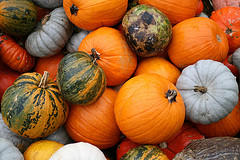
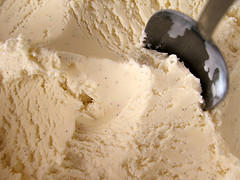
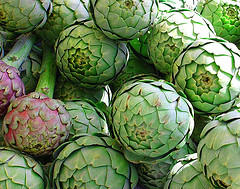
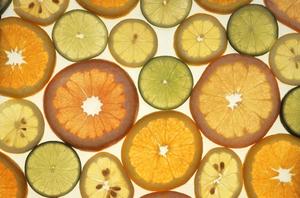
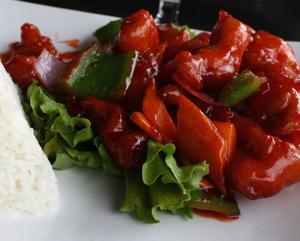

 Equal Housing Opportunity
Equal Housing Opportunity